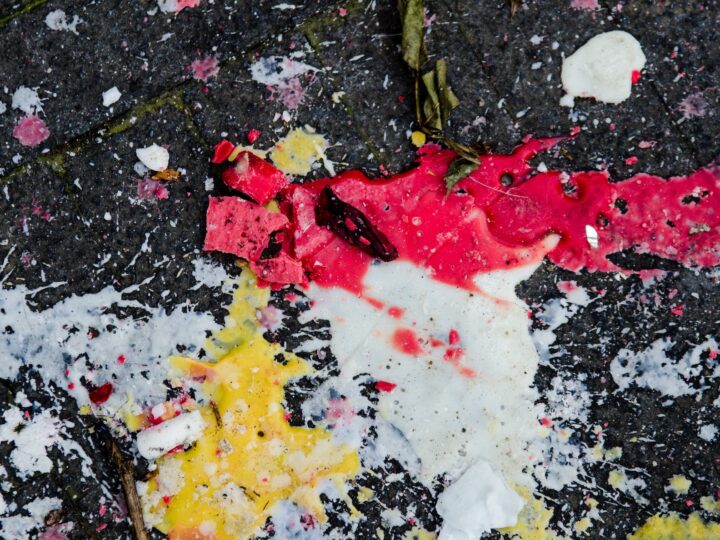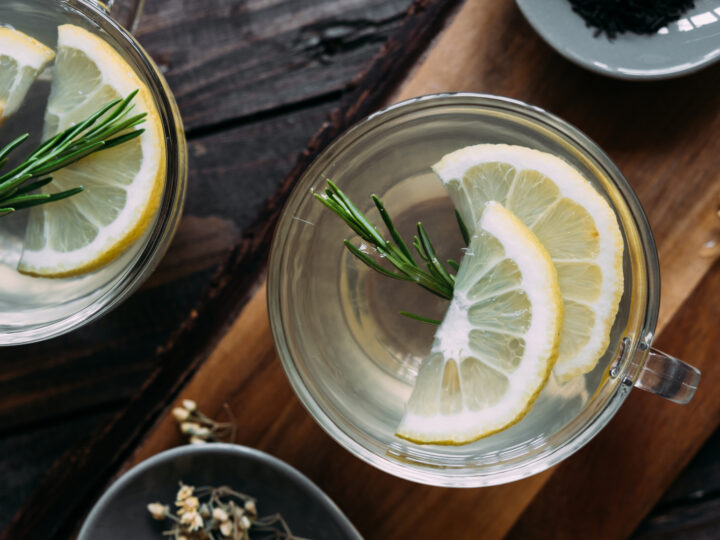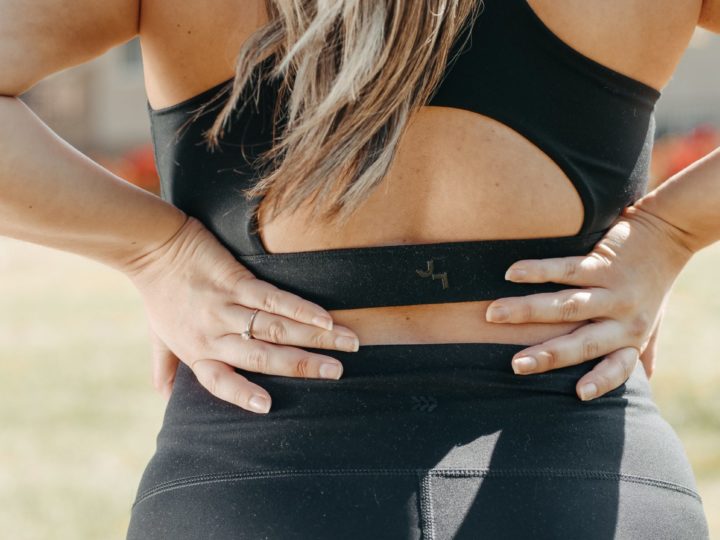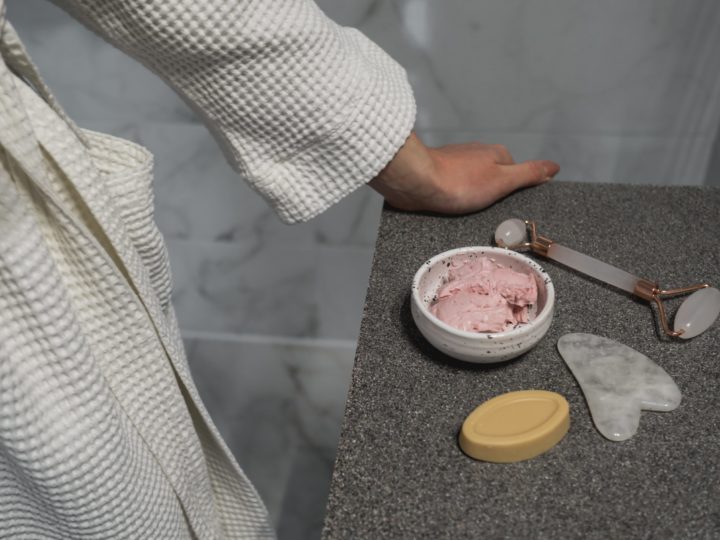TLC FOR YOUR LADY PARTS VIA TCM
Natural Self Care
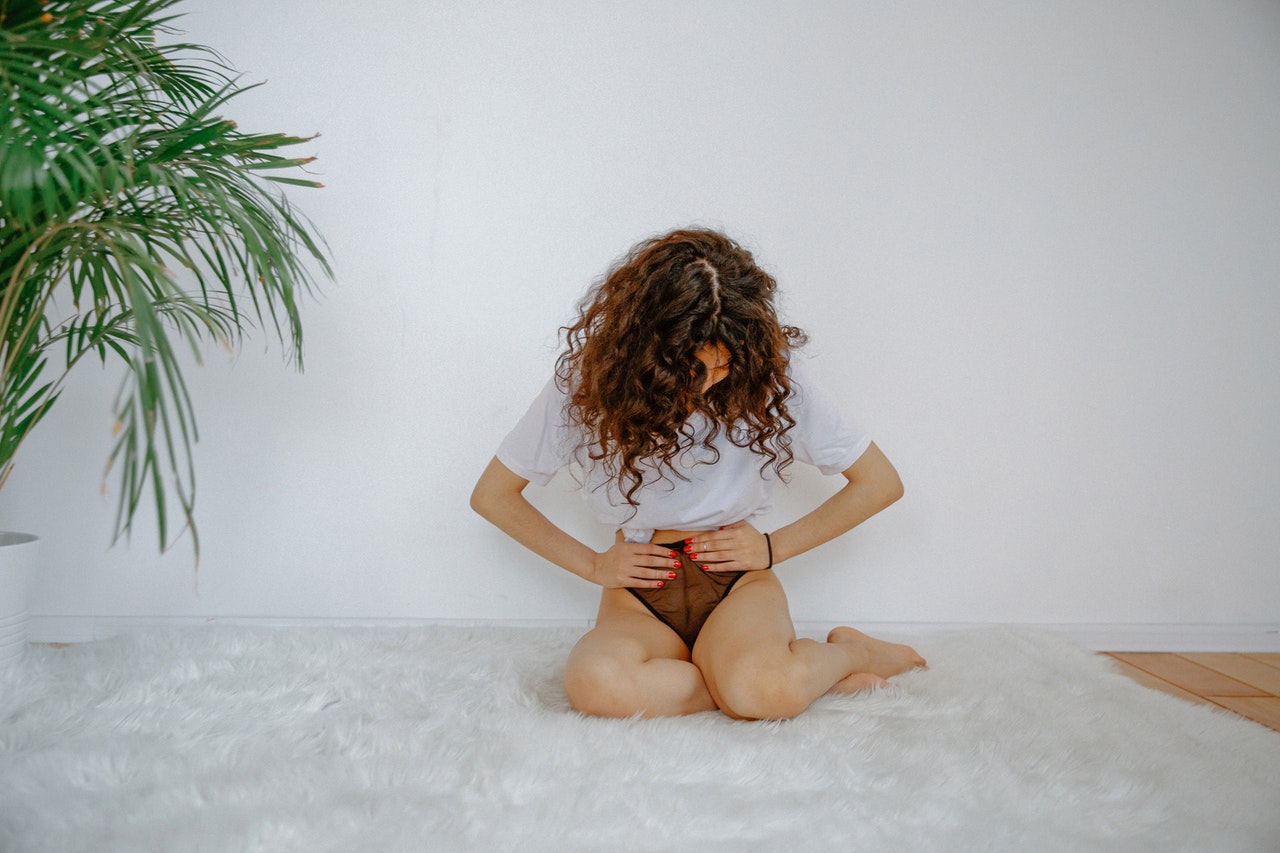
These days, there’s so many gimmicky products out there for your lady parts. There’s washes, wipes, perfumes…and they’re all chock-full of harsh chemicals and synthetic fragrances that we don’t need.
In fact, a study from 2018 found a link between using some of these vaginal products and a higher likelihood of yeast infections, bacterial vaginosis, and UTIs. Women who used gel sanitizers on their vaginas were 20 times more likely to end up with BV and 8 times more susceptible to yeast infections. Vaginal lubricants and moisturizers were also found to increase your chance of UTIs and yeast infections.
But the fact of the matter is, your lady garden doesn’t really need all that stuff. Your vagina is actually self-cleaning, so all you need to do is stay on top of basic hygiene. When you bathe, you can wash the vulva with a gentle soap and water, but you don’t need anything more complex and you definitely don’t need a specialized product to wash your coochie.
But that doesn’t mean that taking care of the health of your lady parts isn’t important. In fact, gynecology is one of the oldest parts of Traditional Chinese Medicine. References to gynecology pop up in lots of ancient foundational TCM texts like The Classic of Mountains and Seas (Shan Hai Jing) and The Yellow Emperor’s Classic of Internal Medicine (Huang Di Nei Jing Su Wen). These books have ancient time-tested remedies for ailments that still plague us in modern times, like period pains, yeast infections and UTIs.
So if you’re looking to take care of your downstairs, don’t grab harsh chemical-y products. Instead, take a page out of TCM’s book and go for a more natural, gentle method. Here’s a crash course on taking care of your lady parts with TCM.
Women’s Health and TCM: Taking Care Of YOur Downstairs
That Time of The Month
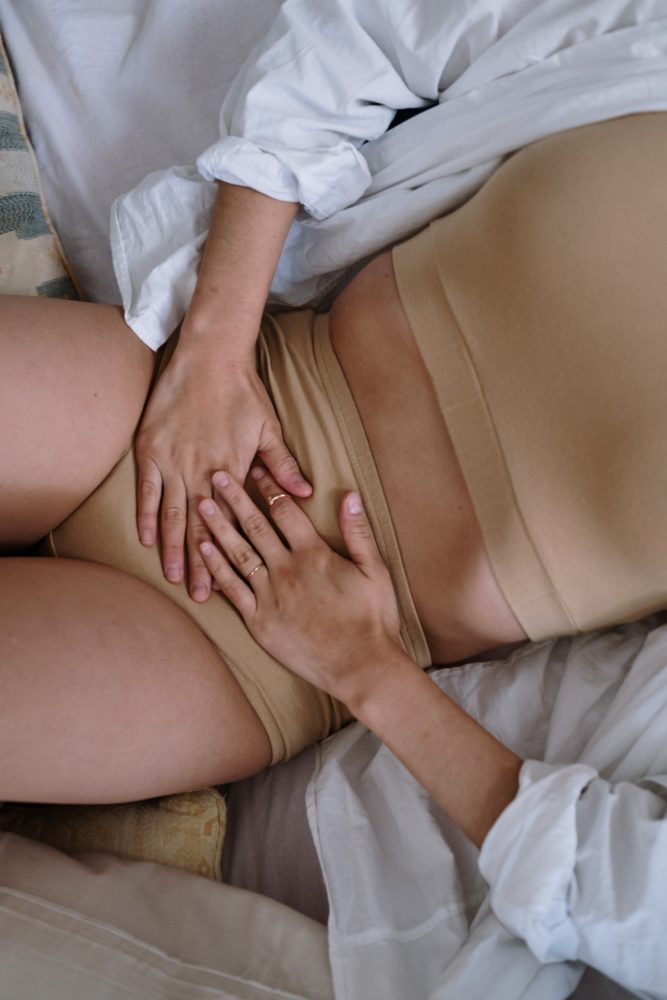 For as long as there’s been women, we’ve had to deal with “that time of the month.” And for just as long, people have been trying to understand why it happens and how to soothe any of the less-than-pleasant side effects of menstruation.
For as long as there’s been women, we’ve had to deal with “that time of the month.” And for just as long, people have been trying to understand why it happens and how to soothe any of the less-than-pleasant side effects of menstruation.
Here in the west, PMS is thought of as something that just happens. It’s normal, it’s to be expected. But in TCM, your period isn’t supposed to be painful or cause crazy side effects like mood swings, cramping, bloating, and diarrhea. In fact, PMS symptoms are all signs of a bigger issue: stagnant Liver Qi. This causes your blood circulation to slow down, making your period a time of pain and discomfort.
But it doesn’t have to be like that. Here are some tips and tricks from TCM to making the most of that time of the month (or at least surviving it without wiping out the stock of your local Ben and Jerry’s store).
- Stay Warm: Skip cold and raw foods.Opt for hot tea instead of iced, eat soups, and try to stay out of the cold weather. Cold foods and environments will only make your Liver Qi stagnation worse and slow down the circulation of blood.
- Take It Easy: Staying active is important to your overall physical health, and studies have found that some exercise can help with PMS symptoms like cramping and bloating. But it’s important not to overdo it when you’re on your period. In the TCM tradition, menstruation is a time of rest. Your body is doing a lot of hard work, and you need to take it easy so you don’t get worn out. So skip that super intense spin class and opt for a walk and some light stretching when you’re bleeding.
- Go Herbal: Instead of popping midol and Ibuprofen to cope with cramps and bloating, try going green instead. For instance, Ginkgo Biloba or Xiao Yao san, can help with physical and mental symptoms of PMS, while Chasteberry is great for everything from breast soreness to headaches. Just check with your doctor first to make sure these herbs don’t interfere with any medicine you’re already taking.
UTI
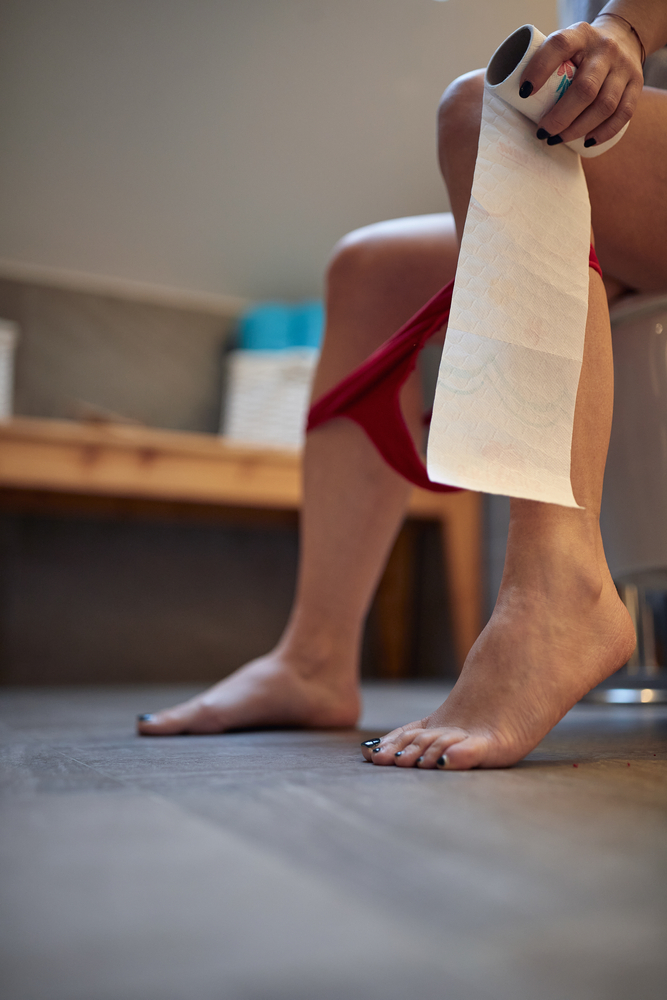 Urinary Tract Infections (UTIs) are no joke. You can get them from having sex, not drinking enough water, or just having a weaker immune system. And they come along with a host of unpleasant symptoms, like a painful burning sensation when you pee, feeling the need to pee frequently, and even peeing blood!
Urinary Tract Infections (UTIs) are no joke. You can get them from having sex, not drinking enough water, or just having a weaker immune system. And they come along with a host of unpleasant symptoms, like a painful burning sensation when you pee, feeling the need to pee frequently, and even peeing blood!
In the west, UTIs are treated with antibiotics. But the overuse of antibiotics is a big problem–one that can wreck your immune system and even cause yeast infections!
On the other hand, in TCM, UTIs are treated like a kidney infection. They’re both thought to be caused by damp-heat invading your body, so remedies are meant to clear that out. The most common prescription for a UTI is Ba Zheng San, an herbal formula made up of herbs including:
- Caulis Mutong (mu tong)
- Talcum (hua shi)
- Semen Plantaginis (she qian zi)
- Herba Dianthi (qu mai)
- Herba Polygoni (bian xu)
- Fructus Gardeniae Jasminoidis (zhi zi)
- Treated Radix et Rhizoma Rhei (zhi da huang)
- Medulla Junci Effusi (deng xin cao)
- Radix Glycyrrhizae Uralensis (gan cao)
Only take it if you have signs of heat like fever, scant, concentrated urine or turbid urination.Unfortunately, there haven’t been any studies that show how effective Ba Zheng San is at treating UTIs. But if you’re looking for science-backed herbal remedies for a UTI, here are a few:
-
- Bayberry Leaf (Yang Mei): This wild shrub is a common herbal remedy across the globe. Used in TCM to energize your Spleen Qi, the leaves of this plant have antimicrobial properties that can help fight against the E. Coli that commonly causes UTIs. There’s even evidence that, when taken with dandelion root, Bayberry can help prevent a UTI before you get it.
- Green Tea: Green tea is one of the oldest superfoods around. It’s chock-full of nutrients and antioxidants, including Epigallocatechin (EGC). EGC is anti-bacterial, so it can pack a punch against the bacteria that causes a UTI. if you’re combining western medicine with TCM, there’s evidence that green tea can improve the performance of antibiotics that you take when you have a UTI.
Yeast Infection
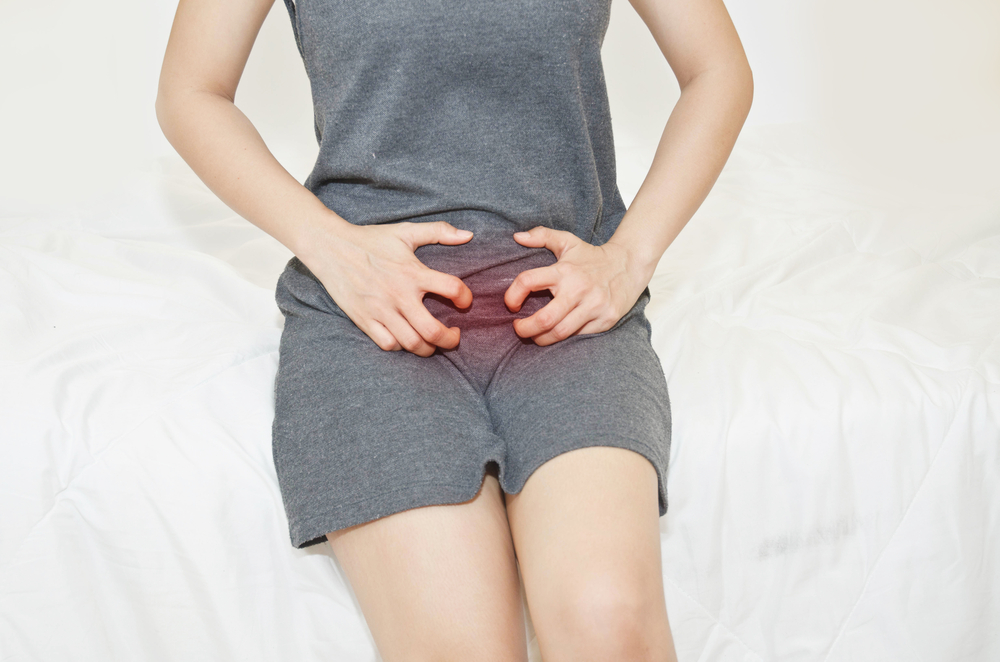 According to the CDC, three in four adult women will have a yeast infection at some point in their lives. Yeast infections, caused by the Candida albicans fungus can make your downstairs itch and burn while causing white clumpy discharge. They can be caused by some medicine (including antibiotics), hormone imbalances, and lifestyle options like wearing tight pants or leggings and underwear.
According to the CDC, three in four adult women will have a yeast infection at some point in their lives. Yeast infections, caused by the Candida albicans fungus can make your downstairs itch and burn while causing white clumpy discharge. They can be caused by some medicine (including antibiotics), hormone imbalances, and lifestyle options like wearing tight pants or leggings and underwear.
From the TCM POV, damp-heat in the Liver meridian, often brought on by stress, causes a yeast infection. When it comes to yeast infections and TCM, prevention is key. If you’re prone to infections, your TCM practitioner will probably recommend that you change your diet to have fewer carbs and sugars and more leafy greens to fight off any bacteria.
When it comes to treatment, acupuncture is a common remedy for yeast infections, though scientists aren’t exactly sure why it works. It might be because acupuncture helps to boost the immune system so your body is better able to eliminate bad bacteria and infections. Let your acupuncturist know about your yeast infection so they can target the right pressure points.
Taking care of your downstairs can seem complicated, but it doesn’t have to be. Most of the time, all you need to do for your lady garden is to keep it clean with just soap and water, skip any harsh chemicals, and wear loose breathable bottoms. And when a problem does arise, try using TCM or a combo of eastern and western medicine to help treat it. Let us know how it works for you!
Comments (0)
Leave a reply
You must be logged in to post a comment.

